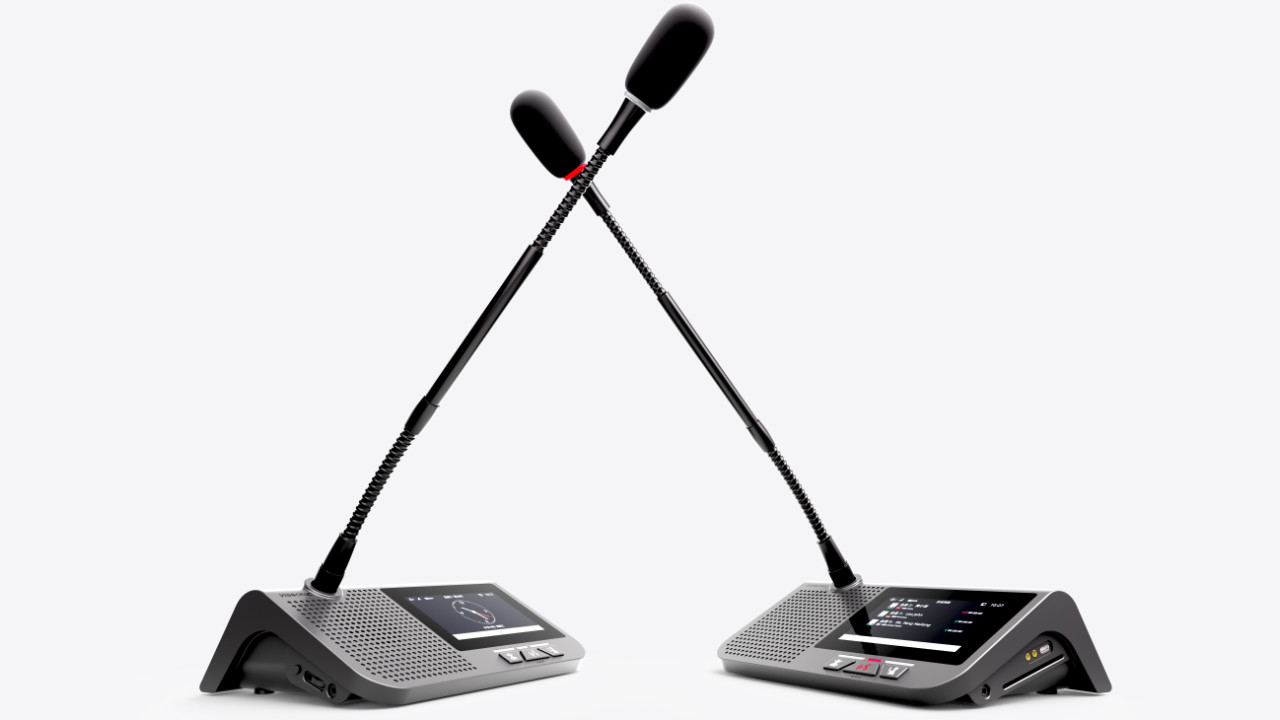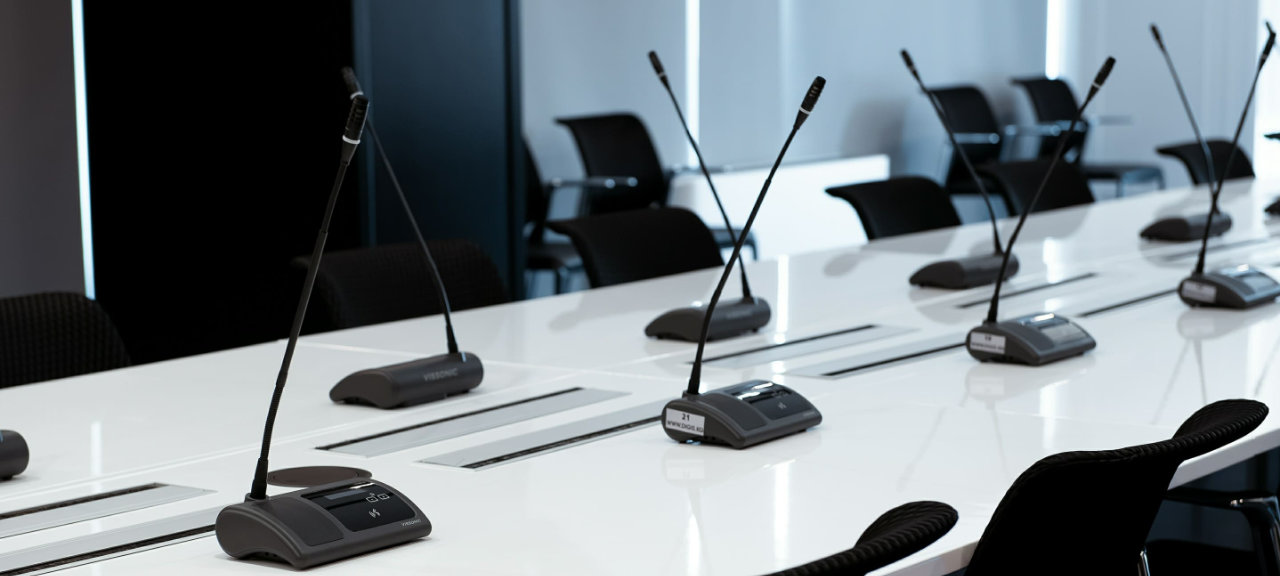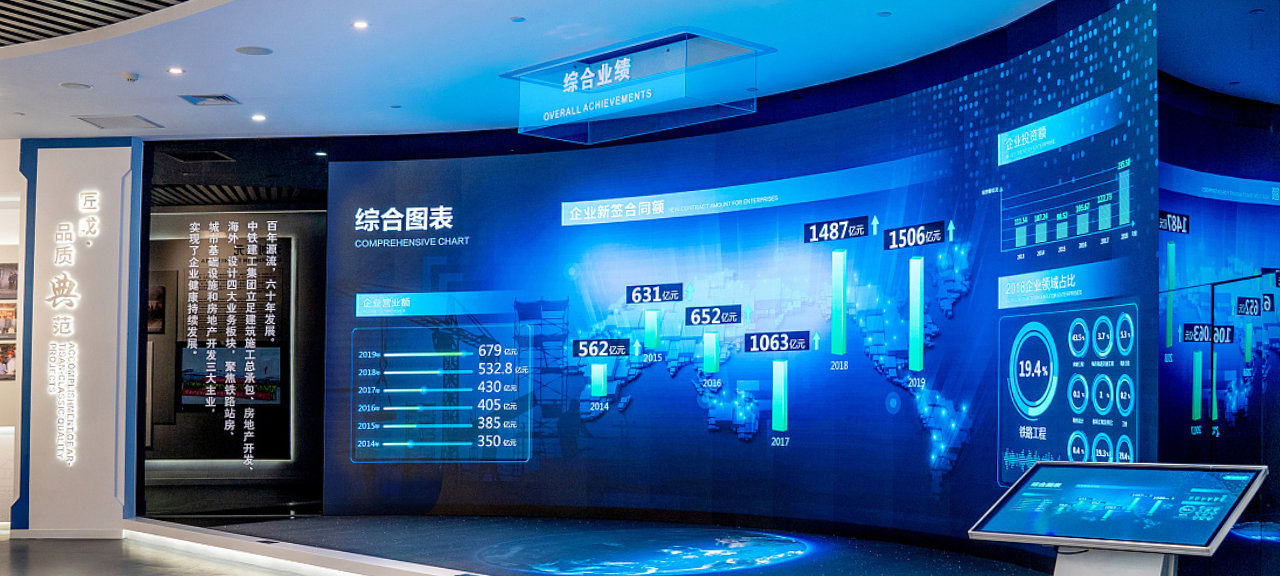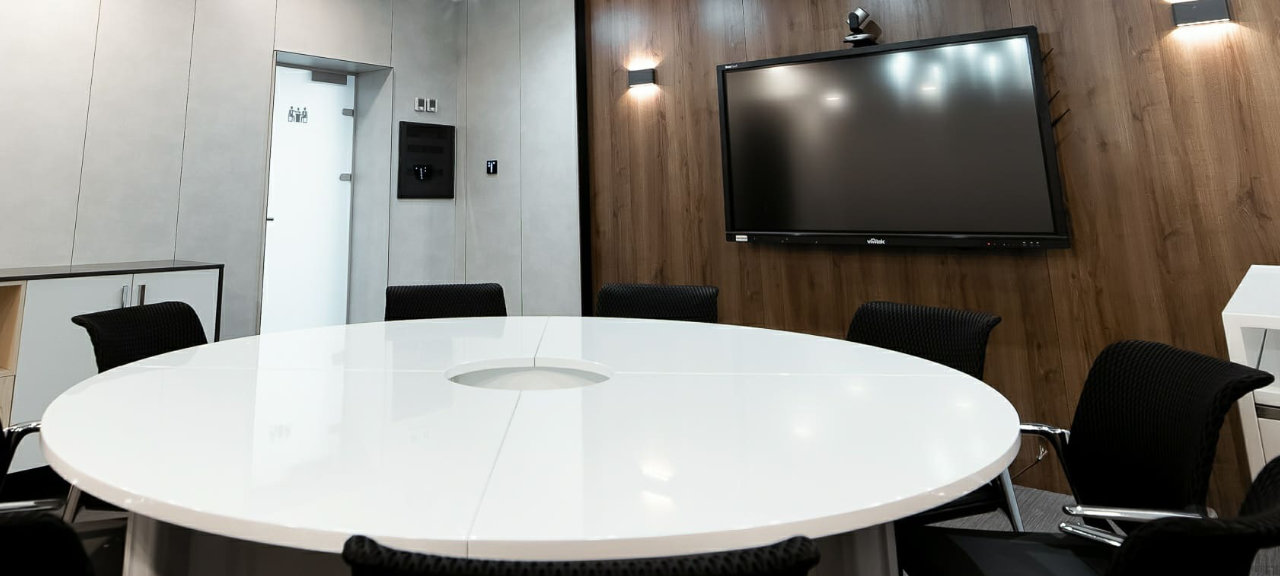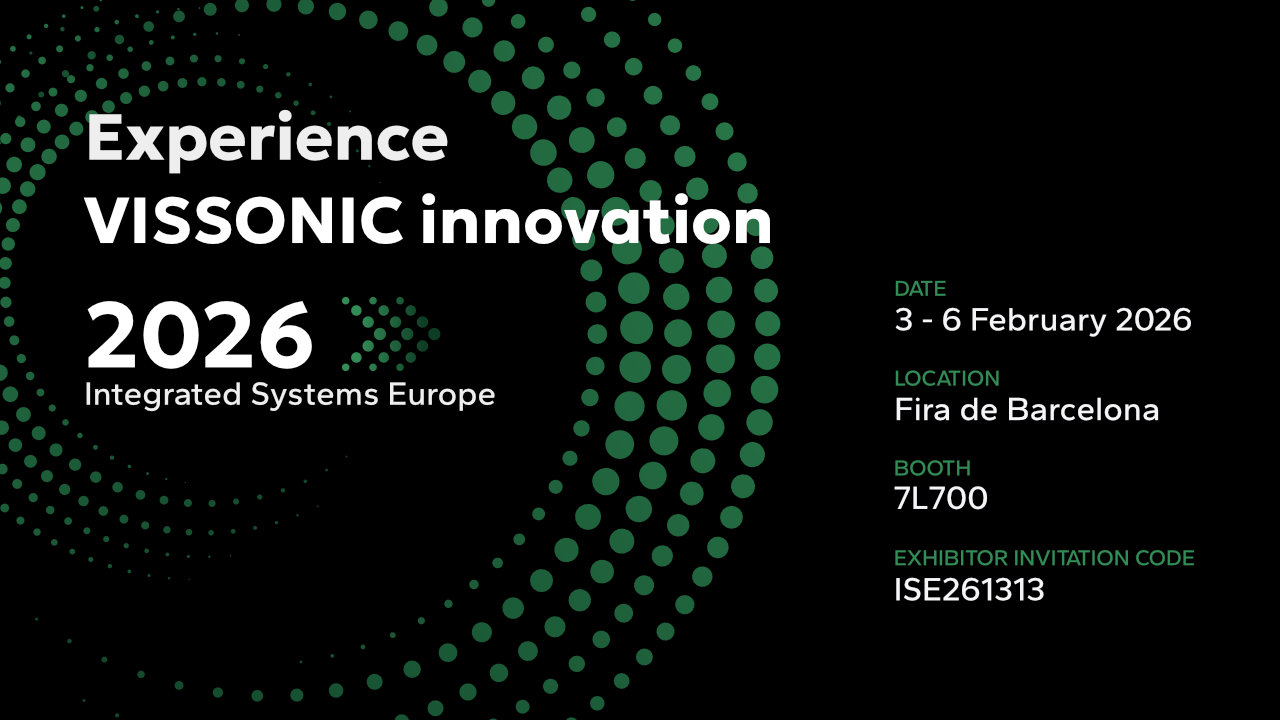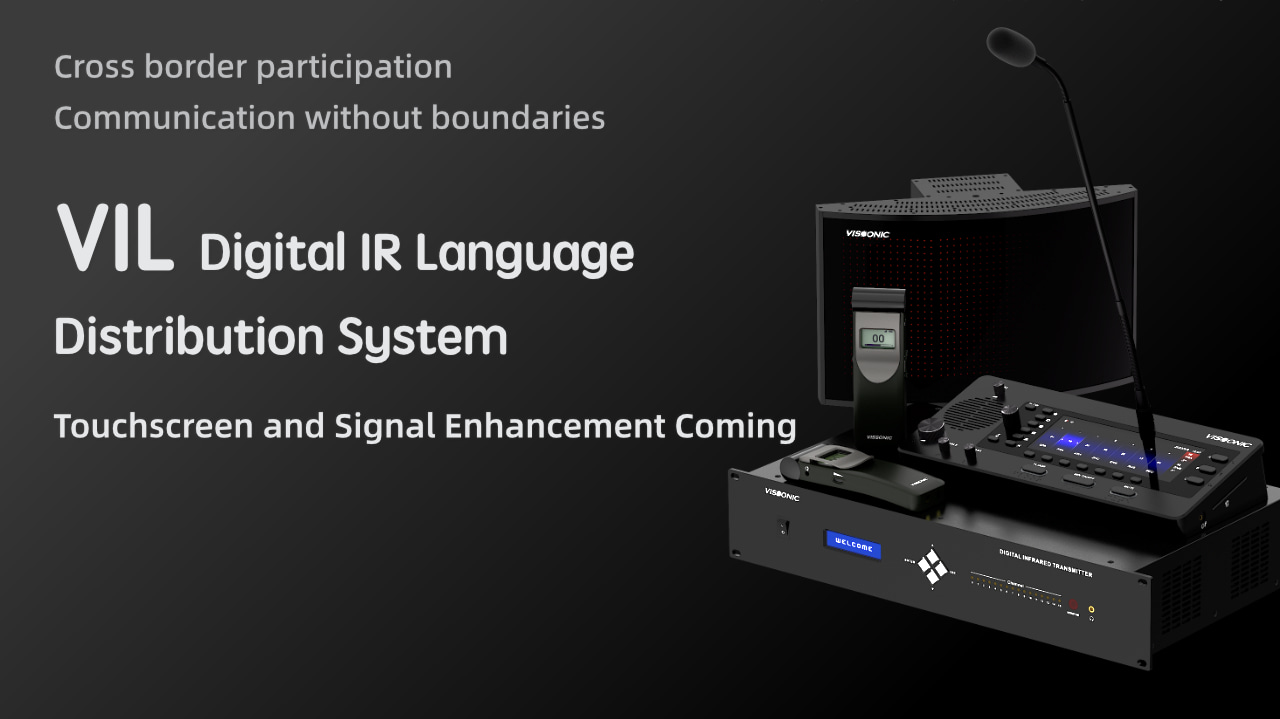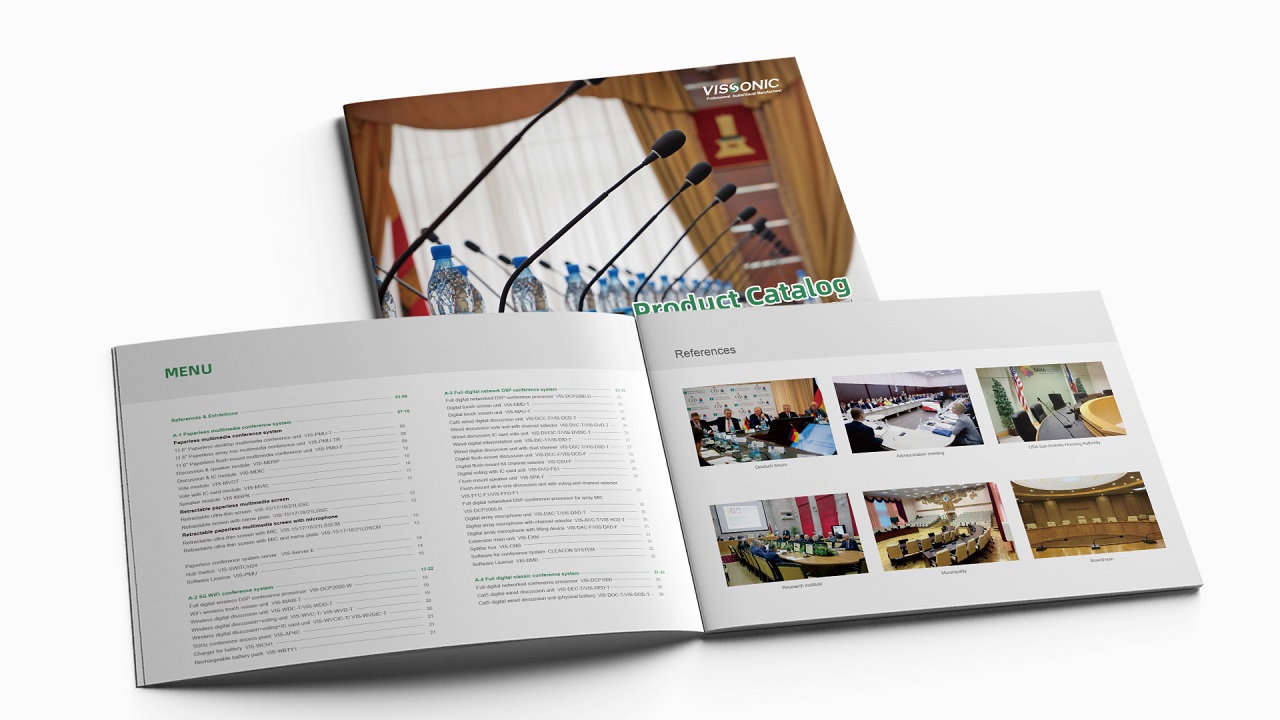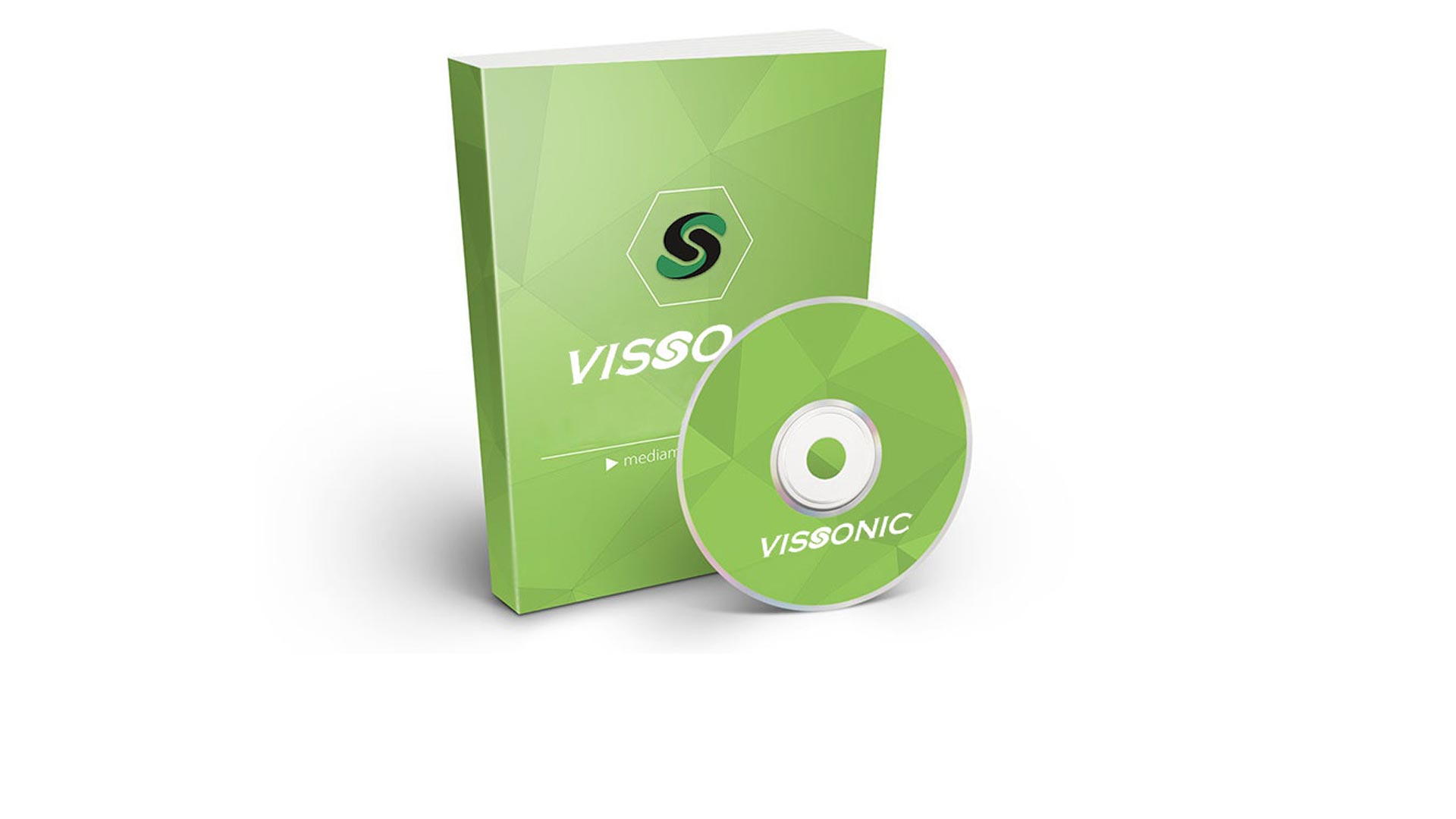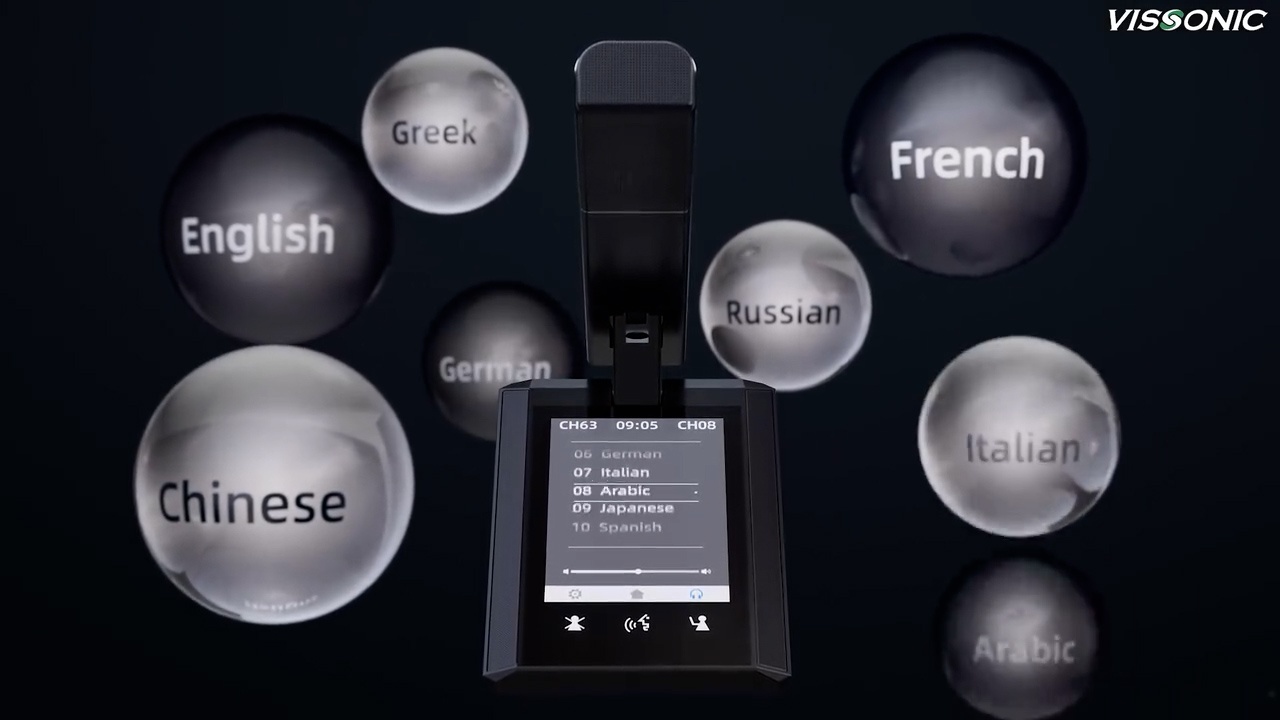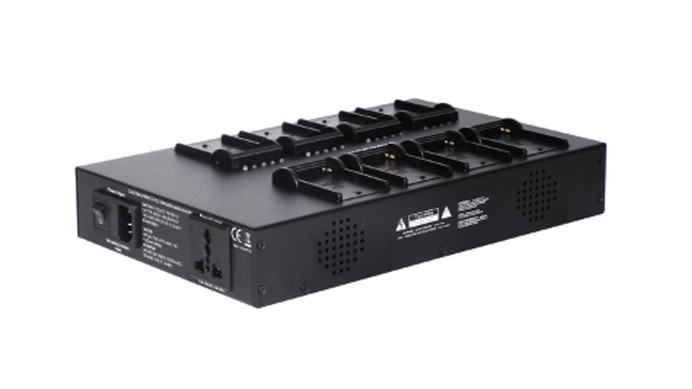How to Choose the Right Conference System?
Choosing the right conference system is crucial to ensuring productive and efficient communication in meetings, conferences, and collaboration sessions. A conference system typically includes audio and video components that facilitate seamless communication among participants. Here are key factors to consider when selecting the right conference system for your needs:
1. Determine Your Requirements
Start by identifying your specific requirements and use cases. Consider factors such as the size of your meetings, the number of participants, the need for audio or video conferencing, and whether you require additional features like screen sharing, document collaboration, or recording capabilities. Understanding your needs will guide your choice of conference system.
2. Audio Quality
High-quality audio is essential for effective communication during meetings. Look for a conference system that provides clear, echo-free, and noise-cancelled audio. Features like microphone arrays, beamforming technology, and automatic gain control can enhance audio quality, ensuring that all participants can be heard clearly.
3. Video Quality and Compatibility
If your meetings involve video conferencing, consider the video quality and compatibility of the conference system. Look for systems that support high-definition (HD) video and offer seamless integration with popular video conferencing platforms and software. Compatibility with multiple devices, including smartphones and tablets, can also be advantageous.
4. Room Size and Layout
Choose a conference system that suits the size and layout of your meeting rooms. Larger rooms may require more microphones and speakers, while smaller rooms may benefit from compact and discreet conference system components. Consider the acoustics of the room and whether additional audio equipment, such as ceiling microphones or wall-mounted speakers, is needed.
5. Connectivity and Integration
Ensure that the conference system integrates seamlessly with your existing technology infrastructure. Look for systems that support various connectivity options, including USB, Bluetooth, Wi-Fi, and Ethernet. Compatibility with collaboration software, such as Microsoft Teams, Zoom, or Cisco Webex, can simplify the meeting experience.
6. User-Friendly Interface
A user-friendly interface is essential for a smooth meeting experience. Consider conference systems with intuitive control panels, touchscreen displays, and easy-to-use software interfaces. Quick setup and configuration options can also save time and reduce user frustration.
VISSONIC VLI series Digital Infrared Language Distribution System
7. Expandability and Scalability
Choose a conference system that can grow with your organization. Look for systems that are expandable, allowing you to add more microphones, cameras, or speakers as your needs evolve. Scalability ensures that your conference system remains cost-effective as your organization expands.
8. Security Features
Security is paramount in conference systems, especially for sensitive discussions and data sharing. Ensure that the system offers robust security features, such as encryption, secure authentication, and regular software updates to protect against vulnerabilities.
9. Budget Considerations
Set a budget for your conference system, taking into account not only the initial hardware and software costs but also ongoing maintenance and support expenses. Compare different options and consider the long-term value and return on investment (ROI) of the chosen system.
10. Support and Maintenance
Check the availability of customer support and maintenance services from the conference system provider. Reliable support can be crucial in troubleshooting issues, ensuring system uptime, and addressing any technical concerns that may arise.
Conclusion
Choosing the right conference system requires careful consideration of your organization's unique requirements and objectives. By assessing audio and video quality, room size and layout, connectivity, user-friendliness, expandability, security features, budget, and support options, you can select a conference system that enhances collaboration and communication in your meetings and conferences.
It's advisable to consult with conference system experts or providers who can offer tailored solutions based on your specific needs and help you make an informed decision that aligns with your organization's goals.

